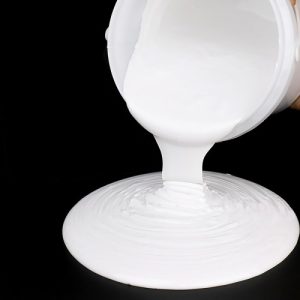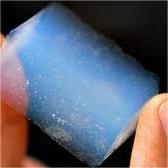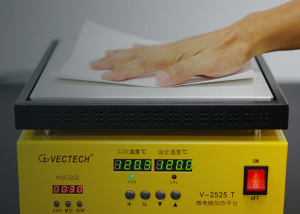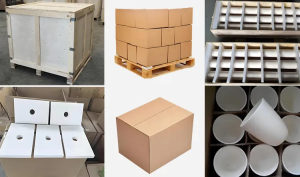Professional industry ceramic supplier, silicon nitride, silicon carbide, aluminum nitride and any other kinds of ceramics.
1. Introduction
Just 24 hours ago, a major materials science conference in Germany highlighted breakthroughs in high-purity silicon carbide (SiC) components for next-generation semiconductor furnaces—reigniting global interest in advanced ceramic solutions like the silicon carbide crucible. As industries push toward higher efficiency and cleaner processing, the demand for thermally robust, chemically inert containers has never been greater.
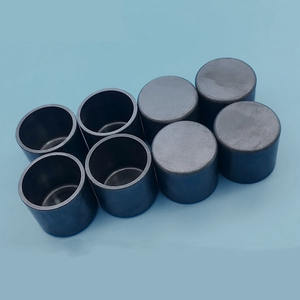
Silicon carbide crucibles sit at the heart of this revolution. Unlike traditional clay or graphite alternatives, they offer unmatched thermal shock resistance, longevity, and purity—critical for melting reactive metals, growing crystals, or conducting sensitive lab experiments. But not all SiC crucibles are created equal. This article unpacks the nuances between types, compares them with competing ceramics like zirconia and silicon nitride, and explains why material choice can make or break your high-temperature process.
2. Understanding Silicon Carbide Crucibles
2.1. What Is a Silicon Carbide Crucible?
A silicon carbide crucible is a container made from sintered or reaction-bonded silicon carbide, engineered to withstand temperatures exceeding 1,600°C (2,912°F). Its exceptional hardness, low thermal expansion, and high thermal conductivity make it ideal for applications where rapid heating/cooling cycles occur—such as aluminum foundries, precious metal refining, or crystal growth.
Unlike alumina (Al2O3) or zirconia (ZrO2) crucibles, which may crack under thermal stress or react with molten metals, silicon carbide maintains structural integrity while resisting corrosion from slags and fluxes.
2.2. Manufacturing Methods: Sintered vs. Reaction-Bonded
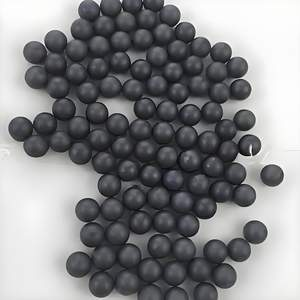
There are two primary production routes:
- Sintered SiC (SSiC): Made by pressing fine SiC powder with sintering aids and firing at >2,000°C. Offers high density and purity but is costly.
- Reaction-Bonded SiC (RBSiC): Created by infiltrating porous carbon-SiC preforms with molten silicon. More affordable and allows complex shapes—like rbsic silicon carbide tile blocks or silicon carbide ceramic columns—but contains residual silicon that may limit use with certain alloys.
For crucibles requiring ultra-high purity (e.g., semiconductor-grade silicon), SSiC is preferred. For industrial metal casting, RBSiC offers the best cost-performance balance.
3. Silicon Carbide vs. Competing Advanced Ceramics
3.1. Boron Carbide vs Silicon Carbide

While boron carbide (B4C) boasts higher hardness and neutron absorption, it’s far more expensive and brittle. In crucible applications, silicon carbide wins on thermal conductivity and manufacturability. Boron carbide is rarely used for crucibles—reserved instead for armor or nuclear control rods.
3.2. Zirconia and Alumina Crucibles: Where They Fall Short
Zirconia crucibles (especially yttria-stabilized) handle very high temps but suffer from phase instability and poor thermal shock resistance. Alumina crucibles are economical but react with acidic slags and degrade above 1,500°C. Neither matches SiC’s combination of strength, conductivity, and chemical inertness.
3.3. Silicon Nitride: A Niche Alternative?
Silicon nitride (Si3N4) crucibles—produced by specialized silicon nitride crucible factories—excel in oxidation resistance and mechanical strength at high temps. However, they’re significantly more expensive and less thermally conductive than SiC. Custom silicon nitride heat shields or silicon nitride rings are common in aerospace, but for most melting applications, silicon carbide remains more practical.
4. Beyond Crucibles: The Broader Ecosystem of Silicon Carbide Ceramics
The same material science enabling silicon carbide crucibles powers a vast array of industrial and consumer products:
- Structural: silicon carbide brick, silicon carbide ceramic tubes for furnace use, silicon carbide thermocouple protection tubes
- Fluid handling: silicon carbide ceramic piping, silicon carbide tube ceramic insulators
- Consumer goods: silicon carbide ceramic baking dish, silicon carbide ceramic dinner plates, even silicon carbide ceramic butter dish with lid
Notably, items like silicon carbide ceramic baking pan or silicon carbide oven ceramic dish leverage SiC’s even heat distribution—making them prized in gourmet kitchens. Meanwhile, industrial variants like silicon carbide burner nozzles or silicon carbide grinding disc dominate harsh environments.
5. Choosing the Right Type for Your Application
Selecting a silicon carbide crucible isn’t just about temperature. Consider:
- Purity needs: High-purity SiC avoids contamination in lab or semiconductor use.
- Thermal cycling: RBSiC handles repeated heating better than many alternatives.
- Chemical environment: SiC resists acids and alkalis but can oxidize slowly in air above 1,400°C.
- Geometry: Complex shapes (e.g., silicon carbide ring or custom casserole with lid) are easier with RBSiC.
For labs, a dense SSiC crucible ensures minimal interaction with samples. For foundries melting copper or aluminum, an RBSiC crucible offers durability at lower cost.
6. Conclusion
Silicon carbide crucibles stand out not because they’re the hardest or highest-melting ceramic—but because they strike the perfect balance between thermal performance, mechanical resilience, and cost-effectiveness. While alternatives like zirconia, alumina, or silicon nitride serve niche roles, SiC remains the workhorse of high-temperature processing across metallurgy, electronics, and even culinary arts. As advanced ceramics manufacturing evolves, expect even purer, more tailored SiC formulations—further cementing its dominance in extreme environments.
Our Website founded on October 17, 2012, is a high-tech enterprise committed to the research and development, production, processing, sales and technical services of ceramic relative materials such as What. Our products includes but not limited to Boron Carbide Ceramic Products, Boron Nitride Ceramic Products, Silicon Carbide Ceramic Products, Silicon Nitride Ceramic Products, Zirconium Dioxide Ceramic Products, etc. If you are interested, please feel free to contact us.

